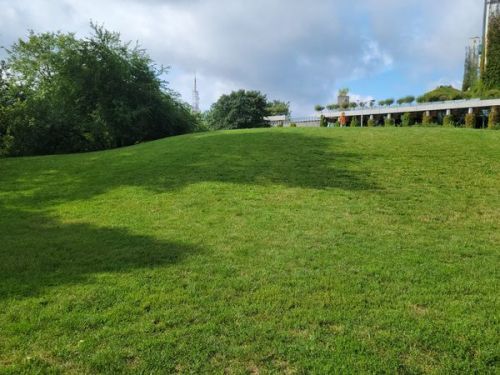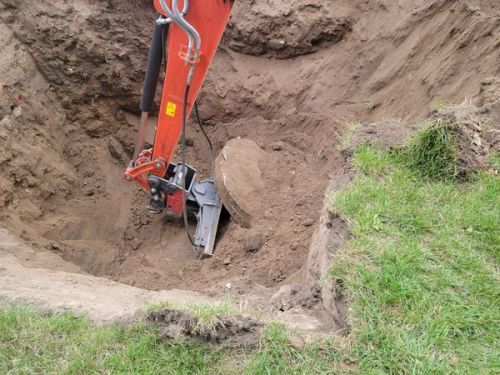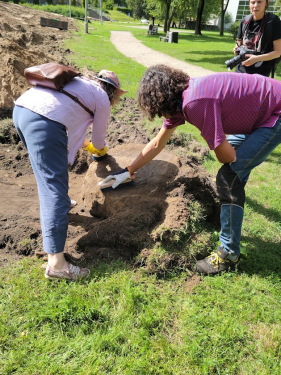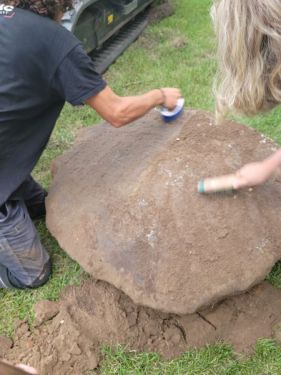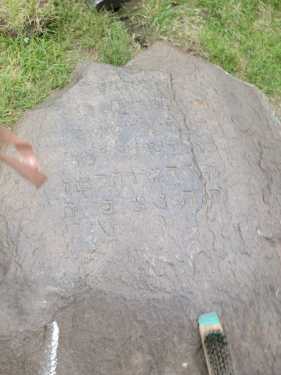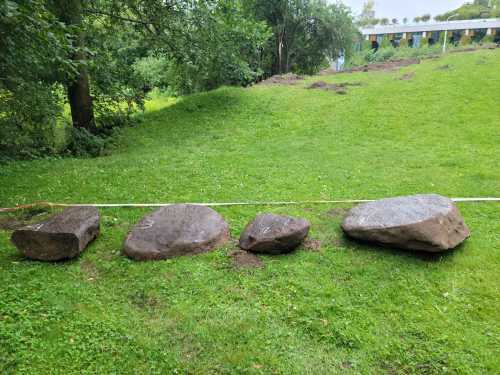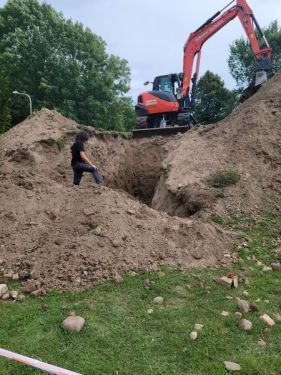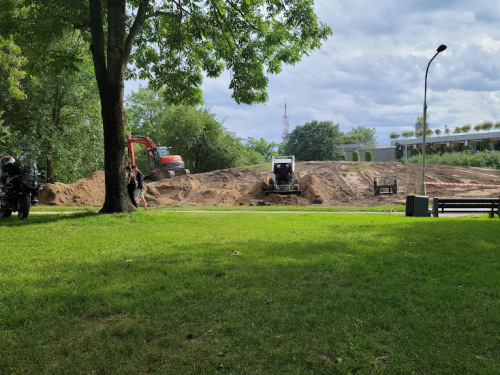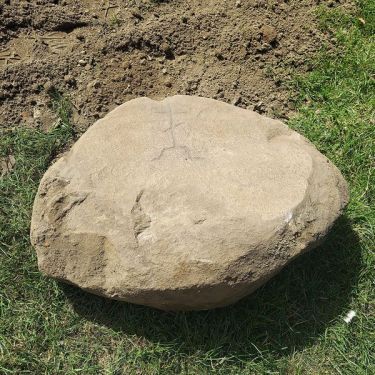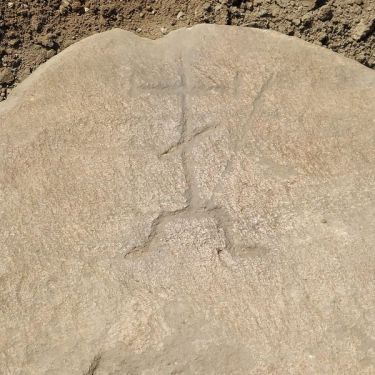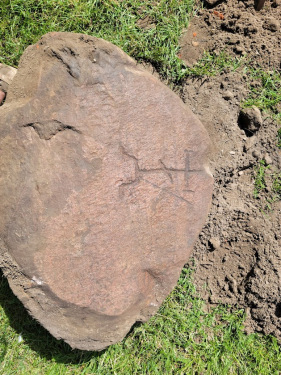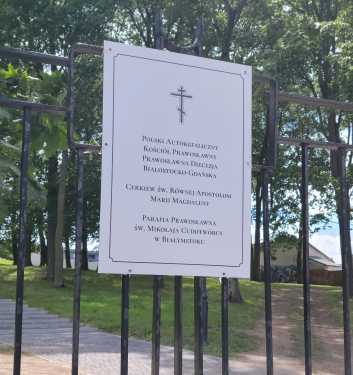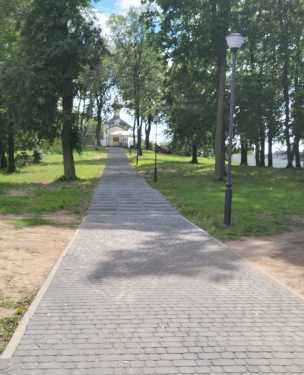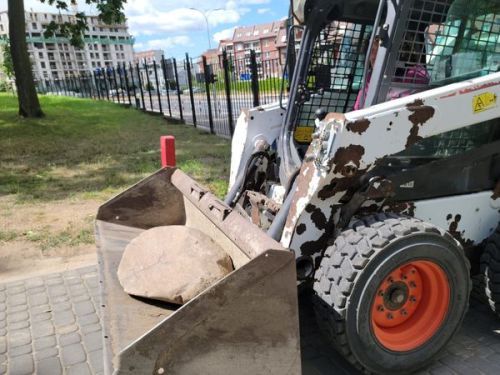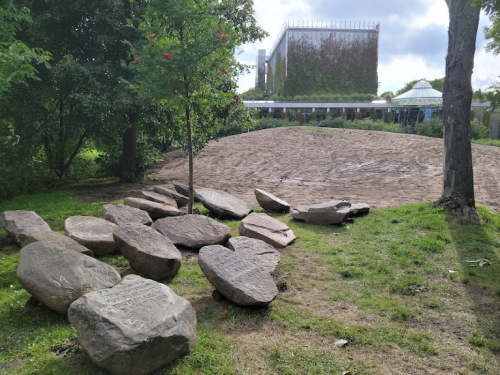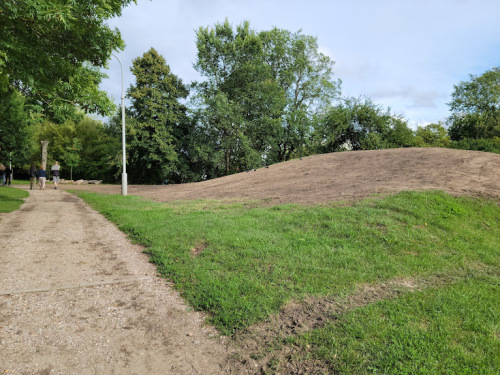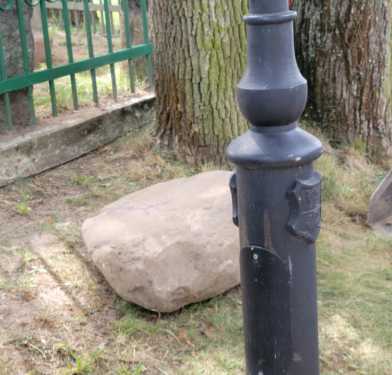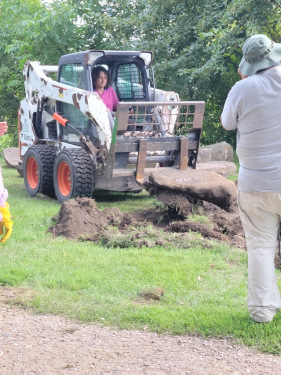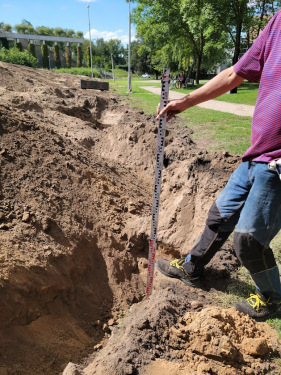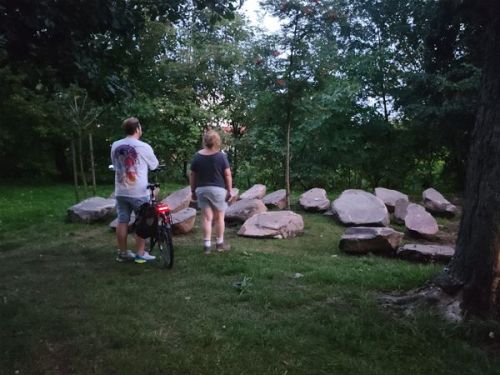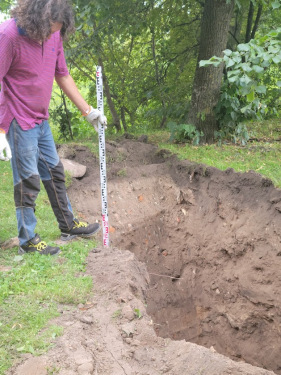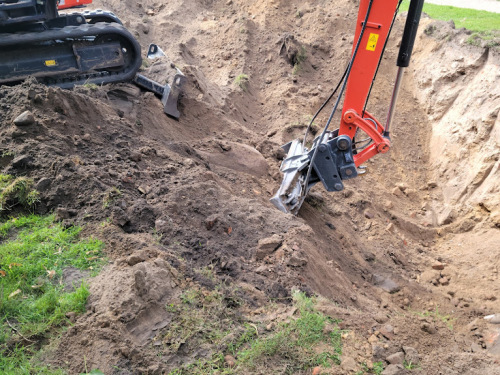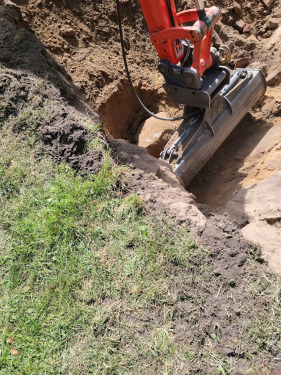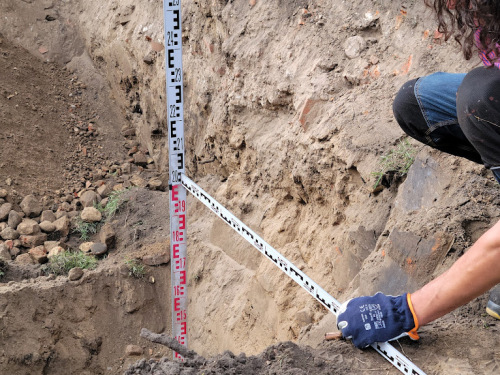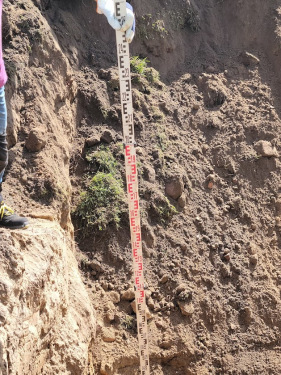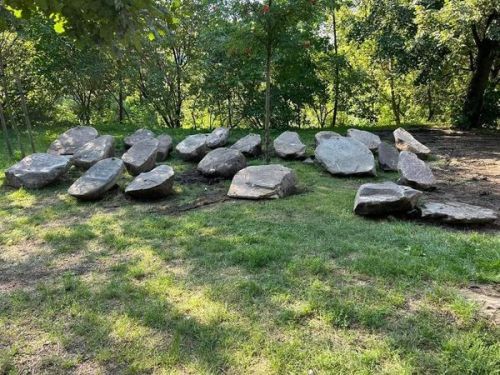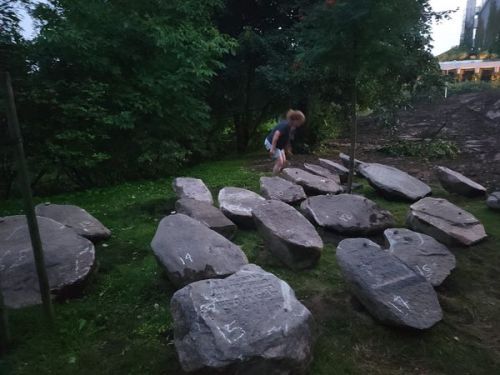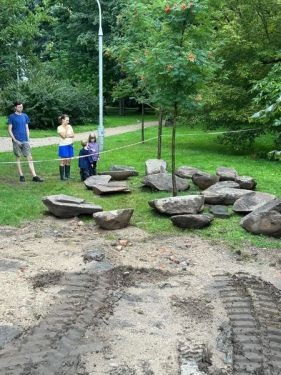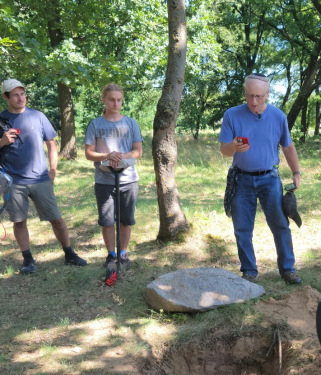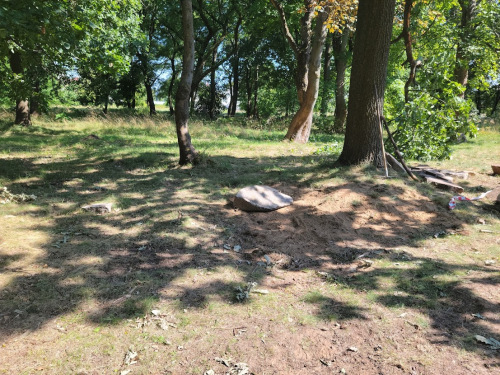Mound Matzevoth
For mound matzevoth vital details please visit HERE.
Bagnowka Mound Matzevoth Rescue 2022
August 19, 2022: The Bialystok Cemetery Restoration Fund secured permission from both the Chief Rabbi of Poland and The City of Bialystok, under careful supervision by the Commission for Jewish Cemeteries of Poland, to excavate and recover matzevoth and human remains from a mound on unused land adjacent to Bagnowka Cemetery. These matzevoth and human remains were removed from the Rabbinic Cemetery located in the city center during the 1960s while Bialystok was under Soviet control. This mound, part of Bagnowka, and the surrounding land were used as a park by residents, many of whom knew of its contents. Over 120 burial markers were carefully recovered, removed, photographed, and catalogued before being transferred inside Bagnowka’s walls for temporary safekeeping. Human remains were placed in burial shrouds with a formal burial conducted on Bagnowka Cemetery under the supervision of Rabbi Itzhak Rapoport. A memorial is being planned near the original location in the city center. Please read Dr. Szpek’s report on this work, “August with Tsvi”, at
https://jewish-heritage-europe.eu/cemeteries/resources/essays-and-op-eds/jewish-cemetery/
Opera Mound Matzevoth Rescue 2023
August 2-3, 2023. Opera Mound adjacent to the Rabbinic Cemetery, Bialystok, Poland. Days 1 and 2. After a first day of frustration due to delay in equipment and equipment breakdown, the earth gave up its secrets. As sunny skies turned to rain on day two and excavator operator, Josh Degen, Chair of the Bialystok Cemetery Restoration Fund, was ‘blessed’ by a bird from above, the first boulder-style matzevah was located at the original cemetery level, face down in the earth.
Welcome back to the historic record Jakob b. David (d. 1856)!
Shortly thereafter another eight matzevoth were recovered, three more for men and five for women, dating from 1853-1856. Tombstone style, inscription, and date parallel those recovered from the Bagnowka Mound in August 2022. All belong to the former Rabbinic Cemetery, which functioned c. 1760-1900, now buried beneath Central Park and surrounding buildings. In the early 1960’s, this Jewish Cemetery was buried beneath rubble from the city as well as from construction of the nearby Communist Party Headquarters.
Decades of rumors and oral records of matzevoth buried beneath this mound can be put to rest!
August 4, 2023. Opera Mound adjacent to the Rabbinic Cemetery, Bialystok, Poland. Day 3. Rescue of Jewish matzevoth on this mound by the US non-profit Bialystok Jewish Cemetery Restoration Fund continued. Excavator operator and Chair of the BCRF, Josh Degen, gently cajoled the earth heeding the recommendation of a University of Bialystok archaeologist and the Chief Rabbi of Poland’s Office. The earth once again gave up five matzevoth, scattered pell mell beneath the mound’s earth yet well above the layer of the original cemetery. But then, in that moment when a decision was required to check one small edge of the mound near a pathway to cemetery or move on, a historic moment of interreligious dialogue was born. For the earth this time gave up an 18th Century boulder tombstone, engraved with an early Christian Orthodox Cross.
In this small area of Bialystok, the Jewish, Evangelical (Lutheran) and Orthodox communities shared a history of trauma to their early cemeteries. The Jewish (Rabbinic) Cemetery was beneath Central Park, the Evangelical beneath the Sejny Rynek (market) though now marked with a memorial, and the Orthodox cemetery simply devastated. The BCRF had been told that the mound we excavated might also include tombstones from the nearby Evangelical Cemetery. But none of us expected the discovery of this Orthodox tombstone.
And today was the Feast of Mary Magdalene, the patron saint of this Bialystok Orthodox community! Our local consultant archaeologist made contact with the Orthodox Archbishop. In just over an hour, this tombstone was returned to their nearby community grounds. Their priest, exuding the most sincere gratitude and joy, greeted us and its arrival. Now their community had three tombstones from this early cemetery. This tombstone, he said was truly a divine gift on this most special feast day.
We at the BCRF are honored that our work could restore such a treasure to the Orthodox Community. And we appreciate the support of the City of Bialystok and the Chief Rabbi of Poland’s Office for enabling such a moment of joy.
August 5-6, 2023. Opera Mound. Bialystok, Poland. Days 4 and 5. Sunshine turned to torrential rains as the last matzevah was extracted from the eastern rise of the Opera Mound on Saturday. A total of 20 matzevoth and one Orthodox tombstone were discovered. Compared to last year’s 123 matzevoth from the Bagnowka Mound, this number may seem insignificant. However, with their extraction heresay and urban legend have become fact.
What is the response to turning legend to fact? Despite the storm bringing excessive heat, news of the matzevoth is bringing visitor after visitor to see these remarkable matzevoth. The Jewish tradition of marking this visit with a small stone on the matzevah has also begun – something that has not been possible for over 170 years!
So what is next? Plans are underway to create a memorial with these and the Bagnowka Mound matzevoth at the edge of the Rabbinic Cemetery, But there are more matzevoth beneath the earth throughout Central Park, the adjoining Kalinskiego Street, and a building along with human remains.
